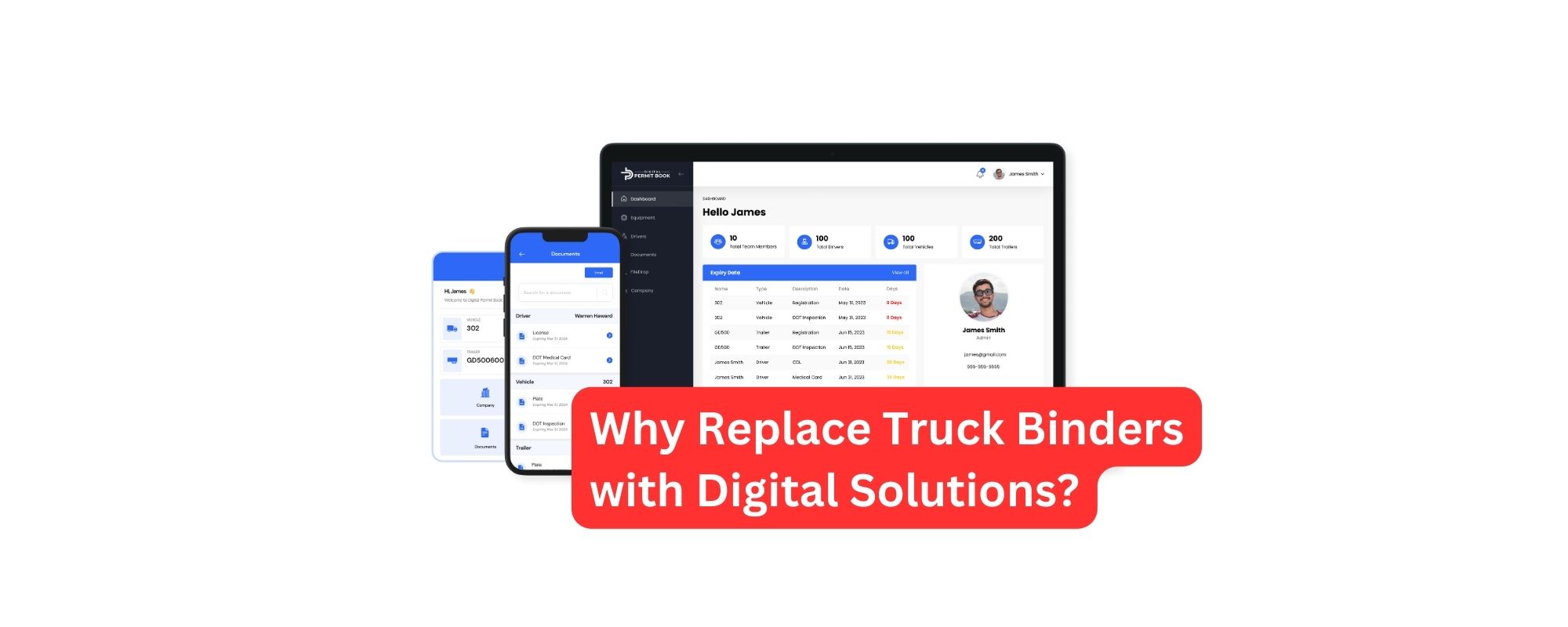It is a vital and key point to maintain safety in the transportation industry. One important way to accomplish this is through performing drug tests. The DOT follows regulations to protect our roads and skies. Let's examine the DOT guidelines and procedures for drug testing in 2024, focusing on the specifics of drug screening.
DOT Rules for Drug Testing
DOT Random Drug Testing Time Limits
If an employee is chosen for a random drug test, there are set time limits to guarantee the test's accuracy. Typically, once notified, the employee must proceed immediately to the testing site. This immediacy helps prevent any tampering or delay that could affect the test's accuracy. The driver's selection for random drug testing is entirely unannounced and spread throughout the year, the test can happen any time, whether before, during, or after the shift of the driver. Delaying the test for any reason could be considered a refusal with the same severe consequences as a positive result. These tests are in place to ensure the safety of drivers, their fellows, and the public. The time frame for completing the test is usually quite narrow, typically limited to a few hours. Acting quickly is essential to guarantee that the test outcomes are precise and truly reflective of the employee's current state.
Frequency of DOT Random Drug Tests
You might be wondering how often DOT Drug tests occur? The frequency of these tests may vary but DOT regulations require that a certain percentage of employees be tested annually. In the transportation sector, the frequency is about 50% annually. This high frequency shows the DOT’s commitment to ensure safety and make the roads safer for the public and vehicles.
DOT Random Drug Testing Notification
Notification of a surprise drug test is typically managed discreetly and professionally to maintain confidentiality and minimize disruption to operations. Employees will receive a notification right before the examination to ensure its unexpected nature and adherence to the rules.
CDL Random Drug Testing Requirements
Employees having a Commercial driving license CDL must meet strict criteria set by DOT. CDL holders are required to follow all the testing and screening rules, but they are under extra inspection because of the safety-sensitive nature of their jobs.
DOT Random Drug Testing Pool
Employers utilize a random selection process to choose drivers from a pool of all qualified CDL holders. This ensures fair and unbiased selection. The pool is meticulously overseen to guarantee fairness and adherence to DOT regulations. Employees must always be present in this pool, guaranteeing that they are constantly eligible for random testing.
DOT Drug and Alcohol Testing Requirements
Pre-employment:
As a part of the hiring procedure, employees must take a drug test before starting any safety-sensitive duty.
Post-accident:
After any accidents that result in deaths, physical harm, or major property damage, drug testing is required.
Reasonable suspicion of employer:
If an employer has any doubt that a driver may be intoxicated by drugs or alcohol, they have the authority to conduct a drug test.
Return-to-duty:
Employees who do not pass a drug test are required to participate in a substance abuse program and pass a return to work test before they can resume their work.
Follow-up testing:
DOT requires CDL drivers who fail a drug test to undergo follow-up testing for at least a year.
Testing Procedures
The drug testing process for CDL holders is standardized and must follow DOT guidelines. The test typically involves the following steps:
- Sample Collection: The driver gives a urine sample at a testing center.
- Laboratory Analysis: The Test gets sent to a lab approved by the Department of Transportation for examination.
- Medical Review Officer (MRO): A qualified Medical Review Officer reviews the test results. Should the outcome be favorable the MRO will reach out to the driver to talk about any reasons.
What could be the Consequences of Positive Tests?
If an employee tests positive, for drugs or alcohol they will be immediately taken off safety-sensitive duties. The employee must follow a return-to-work procedures set by DOT, which includes:
Assessment: An evaluation conducted by a Substance Abuse Professional (SAP).
Rehabilitation: Completion of any treatment or education programs recommended.
Return to Work Testing: A negative test result is necessary before resuming safety-sensitive duties and responsibilities.
Ongoing Testing: The driver must undergo surprise follow-up testing, which could last for up to five years.
Which Substances are Examined during DOT Drug Testing?
The DOT drug screening tests for five substances:
- Cannabis (THC)
- Cocaine
- Opiates (such, as heroin)
- Amphetamines (like methamphetamine)
- Phencyclidine (PCP)
Furthermore, alcohol screening is carried out using breathalyzers, for precise outcomes.
FAQs on DOT Random Drug Testing
- Q: What substances are tested in DOT drug tests?
DOT drug tests usually look for marijuana, cocaine, opiates, amphetamines and phencyclidine (PCP).
- Q: Can an employee refuse a random drug test?
If a worker declines to take a drug test, then it could lead the worker towards termination, fire or being unable to perform his/her duties.
- Q: What happens if an employee tests positive?
If a worker is positive, they will no longer do safety tasks and must complete a return-to-work process, including joining a follow-up testing program.
- Q: How far back does a lab urine test go?
Substances can be identified in hair for as long as 90 days while they are usually detectable in urine for one to seven days (or even longer for frequent users) and in oral fluid from five to 48 hours.





